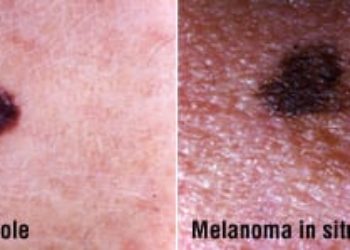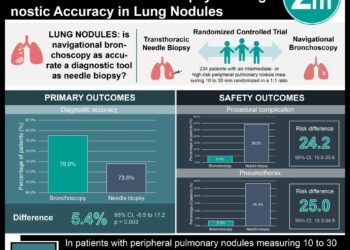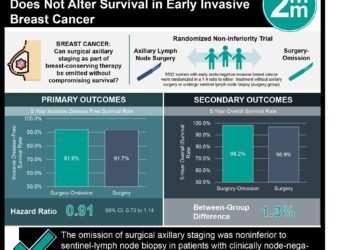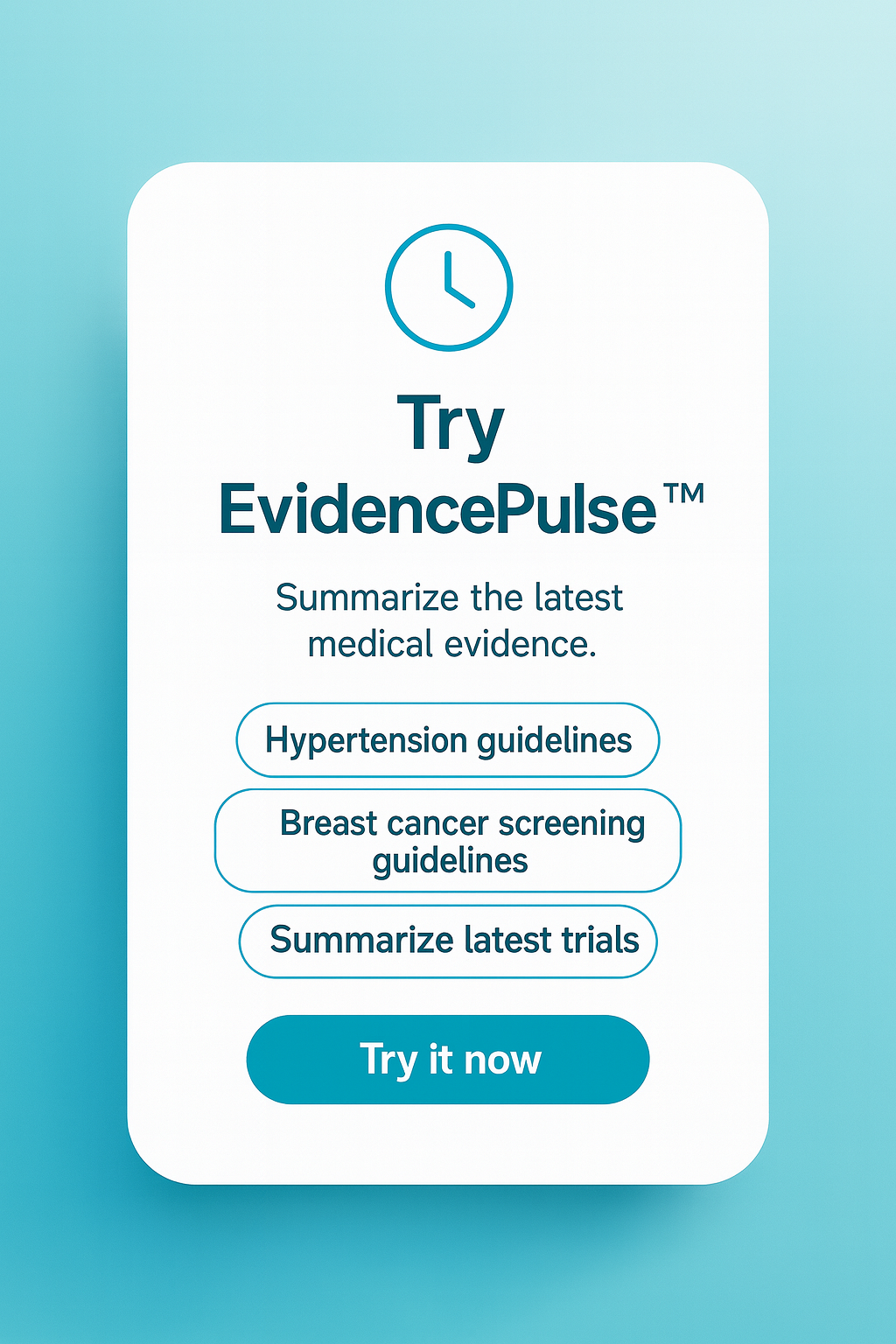Fluorophores enhance visualization for image-guided surgery [PreClinical]
1. Two near-infrared fluorophores (NIRfs), fluorescing at different wavelengths, were identified for their inherent chemical affinity for thyroid tissue.
2. The injection of both fluorophores allowed for the simultaneous resolution of the thyroid and parathyroid glands in rats and pigs.
Evidence Rating Level: 3 (Average)
Study Rundown: Precise identification of specific tissue types is crucial in many intricate surgeries. For example, human parathyroid glands (PG), approximately 3-5 mm in diameter, must be distinguished from the neighboring larger thyroid gland (TG) and left intact during thyroid resection surgery. Damage to PGs can result in a lifetime of complications.
This study used NIRfs to distinguish the two glands for image-guided surgery. Rather than covalently attaching a targeting domain to an existing NIRf, which can be a lengthy process, the authors screened a novel library of NIRfs for their inherent chemical affinity to thyroid tissue. Two particular compounds exhibited excellent affinity: T700 and T800, which emit light at ~700nm and ~800 nm, respectively. Particular molecular compositions of the fluorophores (T700-F and T800-F) demonstrated the best thyroid signal-to-background ratio (SBR) in mice. When injected into pigs, whose PGs are particularly difficult to identify, T800-F exhibited sustained preferential binding to parathyroid tissue, while T700-F had weaker, decreasing PG fluorescence. Therefore, to maximize identification of the individual glands, the authors injected rats with T800-F and T700-F 24 and 6 hours before surgery, respectively. Simultaneous in vivo illumination of both channels demonstrated that T800-F provided excellent PG labeling, while T700-F labeled both PG and TG. Similar results were obtained with pigs.
While use of inherently targeting NIRfs bypasses the need for covalent conjugation of fluorophore and targeting molecule, identification of such NIRfs is itself a laborious task. Further studies on fluorophore safety and clearance may be needed before this work can be applied to human medicine. Overall, the specific labeling shown in this work suggests that increased precision in organ identification during image-guided surgery may be attainable with inherently targeting NIRfs.
Click to read the study in Nature Medicine
Relevant Reading: Image-guided cancer surgery using near-infrared fluorescence
In-Depth [animal study]: The T700 and T800 compounds were identified from a library of 280 NIRfs, each of which was intravenously injected into CD-1 mice and evaluated for thyroid targeting. Before performing in vivo organ visualization experiments, the researchers confirmed that the TG and PG exhibited minimal autofluorescence when illuminated at 700 and 800 nm wavelengths.
Several variations on T700 and T800, including T700-F and T800-F, were synthesized by the addition of side chains to the compounds. When injected into mice at a concentration of 0.2 mg/kg, the T700-F and T800-F showed the highest SBR of all of the compounds (n=5 mice per group), and only decreased in signal intensity by 17% between 1 and 4 hours. In the initial pig studies, female Yorkshire pigs were injected with a 0.06 mg/kg concentration of T700-F or T800-F (n=3 per group). The signal intensity of T800-F-labeled PG decreased minimally after 5 hours, while that of the T700-F labeled PG decreased greatly in this time period. Parathyroid-to-thyroid signal ratio (PTR) curves were produced for each NIRf from their fluorescence data.
Two in vivo simultaneous imaging studies were completed, one with male Sprague-Dawley rats, the other with their pig model. In the rat study, 0.35 mg/kg of T800-F was injected 24 hours before surgery, and the same dose of T800-F was injected 6 hours before surgery. The pig studies used doses of 0.06 mg/kg. In both sets of experiments, hematoxylin and eosin staining coupled with NIR fluorescence imaging of excised samples confirmed the specific NIRf targeting of the thyroid and parathyroid tissues. Consistent with in vivo observations, PG fluorescence was observed at 800 nm, while 700 nm illuminated both the TG and PG.
More from this author: Engineered stem cells mitigate liver damage caused by radiation, Injectable loaded microparticle scaffolds improve vaccine responses in mice, Nanoparticles may reduce impact of neurological injury, Cholesterol-containing lipid particles protect mice from lethal bacterial toxins, Noninvasive imaging method detects and evaluates size of metastases
Image: Wiki/PD
©2014 2 Minute Medicine, Inc. All rights reserved. No works may be reproduced without expressed written consent from 2 Minute Medicine, Inc. No article should be construed as medical advice and is not intended as such by the authors, editors, staff or by 2 Minute Medicine, Inc.


![2MM: AI Roundup- AI Cancer Test, Smarter Hospitals, Faster Drug Discovery, and Mental Health Tech [May 2nd, 2025]](https://www.2minutemedicine.com/wp-content/uploads/2025/05/Untitled-design-350x250.png)






